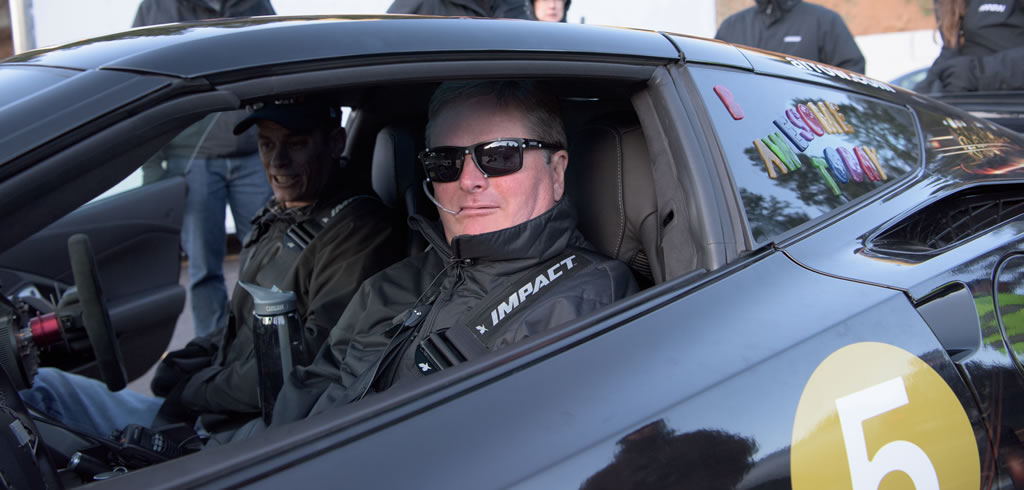This is a sponsored post written by me on behalf of Arrow.com for IZEA. All opinions are 100% mine.

The Internet of Things maybe best known for reducing friction between you and the electrical goods in your home and beyond, but it can also be a life-changing technology as demonstrated by the story of racing team co-owner Sam Schmidt.
Schmidt was a rising star of the US racing scene when on 6th January 2000 he crashed his car at the Walt Disney World Speedway in Orlando – an accident that rendered him a quadriplegic, and put him on a respirator for five months.
His disability meant the end of his career as a driver, but his passion for motorsport endured and in 2001, he established Schmidt Peterson Motorsports. His team has found great success over the last decade and a half, winning more Indy Lights championships than any other tea, but for Schmidt nothing compares to the thrill of being behind the wheel.
By 2013, Schmidt believed the technology to have matured enough to start on a project that he hoped would allow him to blaze a trail for quadriplegics to be able to experience the freedom and thrills of driving once more – by modifying a car so that it could be controlled just by minor head movements.
To achieve his goal, he teamed up with IoT specialists Arrow.com, Ball Aerospace, Falci Adaptive Motorsports, Conquer Paralysis Now, Paravan, and the Air Force Research Laboratory to integrate a variety of disparate technologies into one seamless system – in a project known as the Semi-Autonomous Motorcar or SAM.
SAM has gone through a variety of prototypes over the last three years, but the engineers have found a solution where motors control the steering column, using data collected by a series of infrared cameras mounted around the car cockpit to track the driver’s head movements, aided by a specially designed driver’s helmet mounted with eight infrared sensors.
A single “sip and puff” mouth piece, a more advanced version of the tube often used by quadriplegics to drive their electric wheelchairs, then replaces the brake and accelerator, and voice control is used for gear changes.
SAM 3.0 is a dual control 2016 Corvette Stingray Z06, with a co-driver on hand in the case of an emergency, but all data from the car is also transmitted over the internet via an integrated 4G LTE modem, so the team can see how the car is performing and more importantly how well the new technology is working at all times.
Back in 2014, Schmidt managed to reach a top speed of 107mph on the Indianapolis Motor Speedway, but last month he smashed that record by hitting 152mph on the same track during a drive between qualifying laps for the 100th running of the Indianapolis 500.

Speaking shortly after breaking the record, he said:
“It was a thrill to be back in control and hitting racing speeds on the Indianapolis Motor Speedway again – The SAM project is a great example of what’s possible when the right people come together to innovate and push boundaries.”
Much of the talk about technology and automobiles today is of driverless cars, but the SAM project is different, focusing on giving disabled people the freedom of driving, rather than passing that onto the technology and vehicle itself.
The IoT can be revolutionary, and alongside their teams of specialist engineers, Arrow.com is your source for electronic components and datasheets, offering a wealth of sensors, motors, circuit boards, and guides that allow for engineers and DIY enthusiasts to build technologies for the future – whether that is a grand ideas like the re-imagining car controls for the disabled or something much smaller that fixes a more personal point of everyday friction.
